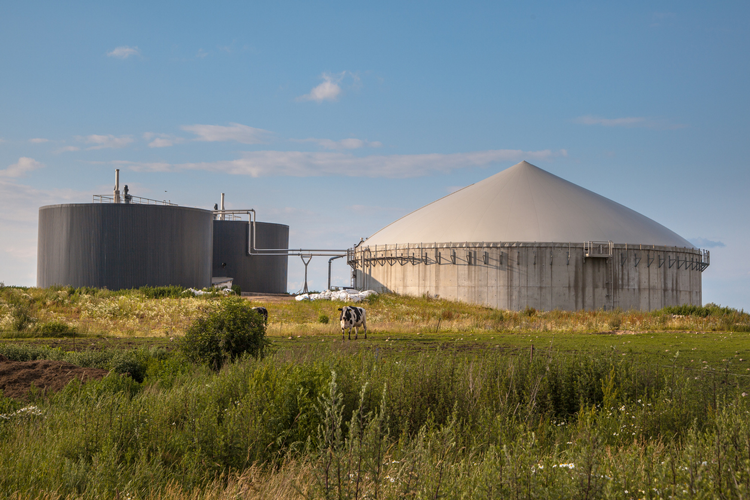
In 2016, California set an audacious goal of cutting methane emissions from its livestock by 40% over the next 14 years. Dairy farmers, who care for about 1.7 million dairy cattle in the Golden State, shouldered a significant brunt of that decision.
Anaerobic digesters emerged as a large part of the solution since they trap the methane released from manure as it breaks down, and dairy farmers embraced this technology to further their livelihood. The state is now home to more than 200 digesters that create renewable electricity, renewable natural gas, or hydrogen fuel.
Digesters are expensive. But government agencies supported them with grants because they were making meaningful progress toward the state’s goal — the technology is responsible for more than 20% of the greenhouse gas emissions reductions achieved so far. That’s even while the funding dairy farmers have received represents about 2% of the total dollars put toward the goal.
Now digesters are being attacked by environmentalists and lawmakers. Part of the concern is how much money the state has invested in grants and manure credits. Naysayers believe these financial incentives encourage dairies to grow larger so they can take advantage of the manure money. They say that leads to more pollution. Others purport that digesters are not helping achieve the methane goal.
Those arguments are simply false. Research from the University of California, Davis shows that dairy farmers are on track to pass the state’s emissions goal, largely because of digesters. And while California dairies have become bigger, the growth has been significantly less than that of the broader industry. In the last five years, California’s herd size has risen 17.9%. Nationally, herd size has expanded 34.3%.
Because of the pushback, the Environmental Justice Advisory Committee of the California Air Resources Board (CARB) has called for the removal of low carbon fuel standard credits. A bill brought before the state Assembly wants to prevent dairy digesters from being used to produce hydrogen, which could be an important future fuel source for vehicles. While both proposals face steep challenges to see any advancement, their presence is disheartening. Dairy farmers took up the state’s challenge with what may be the best tool to reduce methane right now. That should be applauded, not degraded.
This article appeared in the February 2024 issue of Journal of Nutrient Management on page 24. Not a subscriber? Click to get the print magazine.




